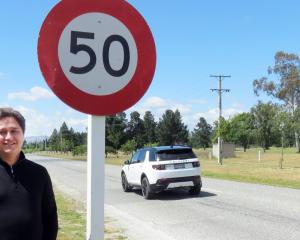

— by ‘Rudder’
Nimmo tracks missing nukes
The finding of the ashes containing the radium which was lost from the Hospital a short time ago will be of interest. The remarkable property of radium, upon which its usefulness depends, is the spontaneous breaking-up of its atoms.These particles and rays are not visible, but they have remarkable curative properties, and their presence can be detected by their action on an instrument called an electroscope. When the loss of the tube containing radium was discovered the Physics Department of the University was appealed to for help, and Dr Jack’s assistant, Mr R.R. Nimmo, undertook the quest. Accompanied by Dr Anderson, radiologist at the Hospital, Mr Nimmo proceeded to the dump near the cement works, taking with him an electroscope, another tube containing radium of a similar size for comparison, and a telescope showing a divided scale by which the movements of the gold leaf of the electroscope could be observed. On reaching the dump, the electroscope was charged with electricity. The charging causes the gold leaf to be deflected, and the deflection is read on the divided scale of the telescope. One might now compare the action of the telescope with that of the bent twig of the water-diviner. We know that in the case of the water-diviner the twig, when water is reached, twists down suddenly. In the case of the electroscope and the radium the gold-leaf remains stationary until it is brought over the radium, when there is no doubt about something unusual being in the neighbourhood, for the gold leaf quickly drops down to its undeflected position. Here, then, we have an unerring radium-diviner. The greater the amount of radium, the quicker is the movement of the leaf. The tube, of course, had been broken in the furnace, and its contents divided among the ashes, but it was possible to locate them within a circle of one yard radius. These ashes have been taken up, and from them the radium will be separated by subjecting them to chemical and electrical treatment.
— ODT, 5.2.1925 (Compiled by Peter Dowden)











